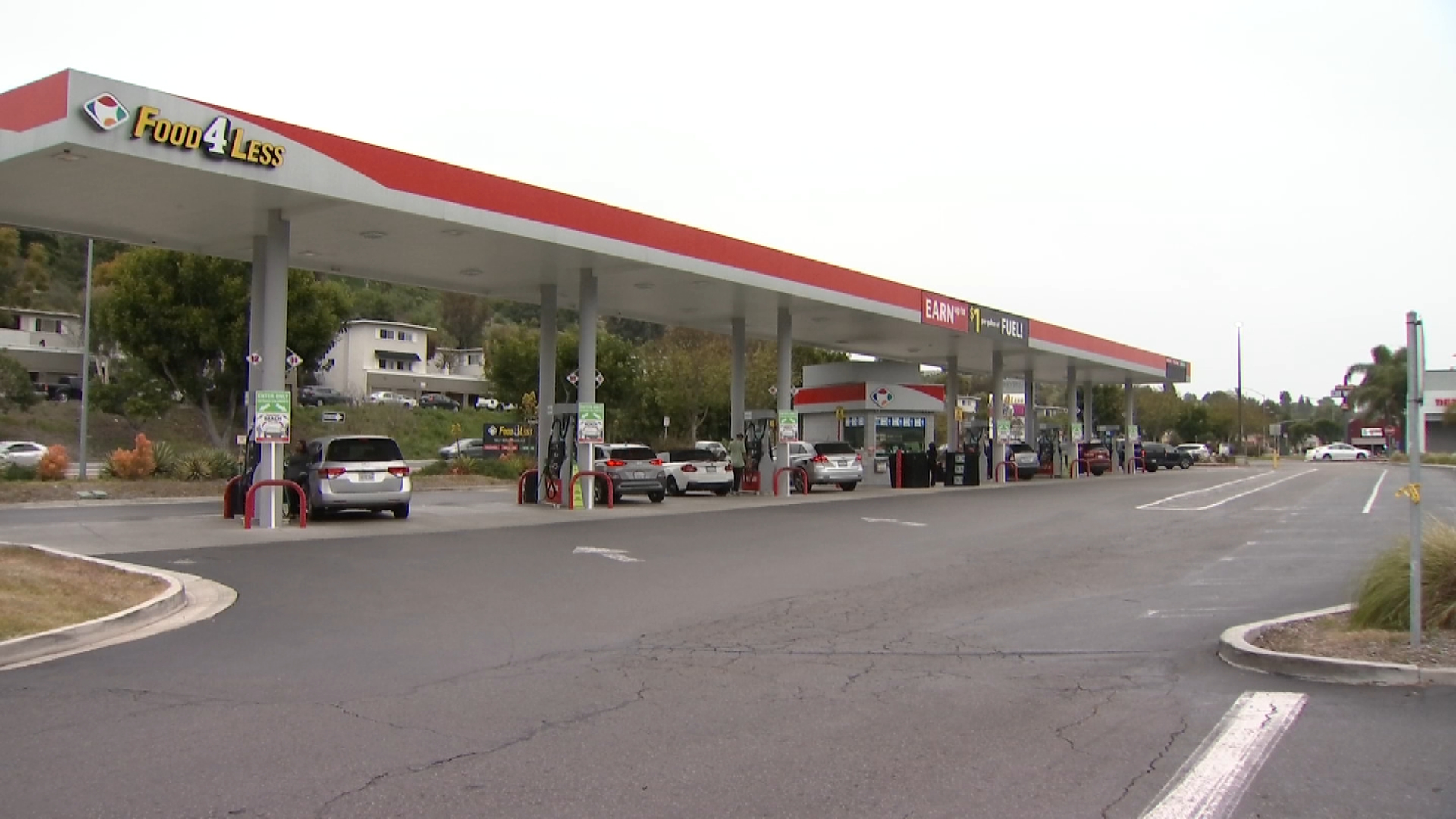A total lunar eclipse is set to take place this Wednesday in our skies. Here’s what you need to know about how to see it – and what, exactly to look for – in San Diego County.
According to NASA, the total lunar eclipse will take place on May 26 during the early morning in the western Americas as the moon enters the Earth’s shadow. It’s the first total lunar eclipse in almost two-and-a-half years.
NBC 7 meteorologist Sheena Parveen said Southern Californians will be able to see the whole thing, but you’ll need to commit to getting up very early to see the action.
Get San Diego local news, weather forecasts, sports and lifestyle stories to your inbox. Sign up for NBC San Diego newsletters.
“Early Wednesday morning we’ll start to see the Earth’s shadow stretching over the moon. Now, the first shadow is the Earth’s penumbra, that’s not really seen very easily, but it’s kind of the outer shadow – the lighter shadow – and that’s going to be just before 3 a.m.,” Parveen explained.
The entire process will last 4 hours, 4 minutes, and 26 seconds, Parveen said. The duration of the totality – the real, visible action – will be 14 minutes and 28 seconds.
Here Are the Best Viewing Times in San Diego County:
- 1:47 a.m.: Penumbral part of eclipse begins
- 2:44 a.m.: Partial part of eclipse begins
- 4:11 a.m.: Full part of eclipse begins
- 4:18 a.m.: Maximum part of eclipse visible
- 4:25 a.m. (and 54 seconds): Full part of eclipse ends
- 5:52 a.m.: Moonset
Parveen said the best viewing times are seven sweet minutes – between 4:11 a.m. to 4:18 a.m.
Local
“It’s not long-lasting, and it will be gone before the Sun comes up,” Parveen explained. “There’s the Sun, there’s the Earth, there’s the moon – in that order – the Earth is in the middle. What’s happening here is now the Earth is casting a perfect shadow over the moon, from where we’re going to be in San Diego. It’s not everywhere in the entire Earth that’s going to be able to see this.”
For the best visibility of the total lunar eclipse, our local weather, of course, will have to cooperate.
Parveen said there may be some patchy fog and scattered clouds early Wednesday but good places to view the total lunar eclipse will be areas that are further inland, and at slightly higher elevation.
As always, she said the best place for any kind of viewing like this are San Diego’s deserts.
For more details on the total lunar eclipse on May 26, 2021, visit NASA’s Scientific Visualization Studio here.



